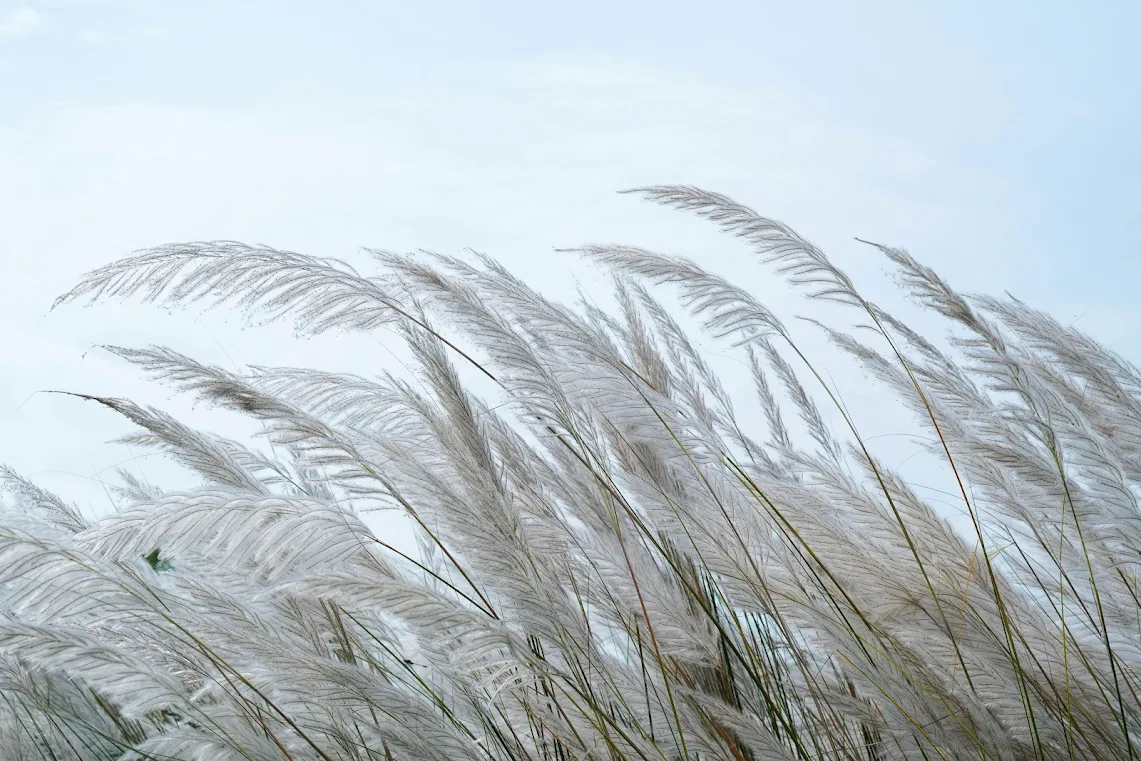Explore popular reed species, including Phragmites australis, Typha latifolia, and Arundo donax, known for their ornamental beauty
Reeds are tall, slender, grass-like plants that thrive in wetland areas, marshes, and along water bodies. Known for their striking appearance and ability to grow in waterlogged soils, they play an essential role in the ecosystem, offering habitats for wildlife and helping in soil stabilization. In gardening and landscaping, certain reed species are favored for their beauty, resilience, and versatility. Below is a detailed guide on popular reed species, their characteristics, and suitability for indoor or outdoor use.
| Reed Species | Characteristics | Indoor/Outdoor |
|---|---|---|
| Phragmites australis | Common reed with tall, feathery flower heads; can grow up to 15 feet tall; often used for naturalizing wetland areas. | Outdoor |
| Scirpus lacustris | Known as the bulrush; grows in dense clusters, typically with green stems and small flower heads. Ideal for water gardens. | Outdoor |
| Juncus effusus | Soft rush with round, smooth stems and small, green flowers; typically forms dense clumps. | Outdoor |
| Schoenoplectus tabernaemontani | Giant bulrush with tall, stiff stems and feathery flower heads; commonly used for erosion control and wetland restoration. | Outdoor |
| Typha latifolia | Cattail reed, known for its tall stature and cylindrical brown flower spikes; thrives in marshes and ponds. | Outdoor |
| Calamagrostis acutiflora | Feather reed grass; features narrow, arching leaves and delicate flower plumes; commonly used in ornamental landscaping. | Outdoor |
| Arundo donax | Giant reed with thick, bamboo-like stems; can grow up to 30 feet tall; popular for creating privacy screens. | Outdoor |
| Carex aquatilis | Water sedge; thrives in wet conditions with a clump-forming habit and long, green, narrow leaves. | Outdoor |
| Panicum virgatum | Switchgrass; known for its graceful, tall growth and airy flower panicles; adaptable to both wet and dry conditions. | Outdoor |
| Spartina alterniflora | Smooth cordgrass; tall grass with feathery flower heads; often found in coastal regions. | Outdoor |
| Cymbopogon citratus | Lemongrass; aromatic, fragrant reed-like grass with long, slender leaves; used for culinary purposes and landscaping. | Outdoor |
| Miscanthus sinensis | Maiden grass; ornamental reed with feathery flower plumes in shades of silver or bronze; adds texture to gardens. | Outdoor |
| Pennisetum alopecuroides | Fountain grass; features graceful, arching foliage and fuzzy, bottlebrush-like flower heads; commonly used in landscapes. | Outdoor |
Key Characteristics of Reed Varieties:
- Growth Habit: Reeds typically have upright, clumping growth patterns, making them ideal for creating privacy screens, borders, or naturalistic garden designs.
- Height & Size: Reeds can range from a few feet to over 20 feet tall, with some species growing extremely quickly.
- Flower Heads: Most reed species produce feathery or spike-like flower heads that add ornamental value to gardens, especially in late summer and fall.
- Adaptability: Reeds thrive in moist or wet conditions and are often found in wetland habitats, though many can also tolerate dry periods once established.
Popular Reed Species and Their Uses:
- Phragmites australis (Common Reed): This species is often found in marshes and along riverbanks. Its tall, feathery flower heads and dense growth make it an excellent choice for erosion control and habitat creation. Though beautiful, it is considered invasive in some regions, so care should be taken when planting.
- Typha latifolia (Cattail): Recognizable by its cylindrical brown flower spikes, cattails are iconic wetland plants. They are often used in water gardens or as natural barriers around ponds. Their ability to purify water also makes them a beneficial plant for ecosystems.
- Arundo donax (Giant Reed): Known for its towering height and bamboo-like stems, Arundo donax is frequently used to create privacy screens, windbreaks, and shade. This species is quite hardy, growing in a variety of climates, though it requires regular water.
- Calamagrostis acutiflora (Feather Reed Grass): An ornamental grass often used in garden landscapes, Feather Reed Grass has delicate, airy flower plumes that sway in the breeze. It adds both height and texture to flower beds and borders.
- Miscanthus sinensis (Maiden Grass): This ornamental grass reed features feathery flower plumes in shades of silver or bronze. It thrives in both wet and dry conditions, making it a versatile choice for gardens and landscapes.
- Juncus effusus (Soft Rush): Often found in marshy areas, Juncus effusus has soft, round stems and small flower clusters. It is an excellent choice for water gardens and adds a soft, natural look to wetland landscapes.
- Panicum virgatum (Switchgrass): This hardy reed grass is well-suited for dry, wet, and even rocky conditions. Its upright form and airy panicles make it a popular choice for ornamental use in landscapes.


.png)










0 Comments